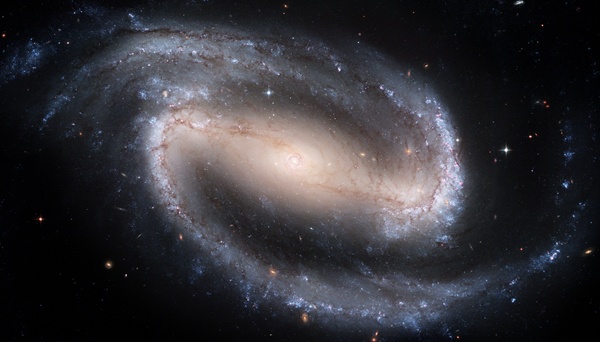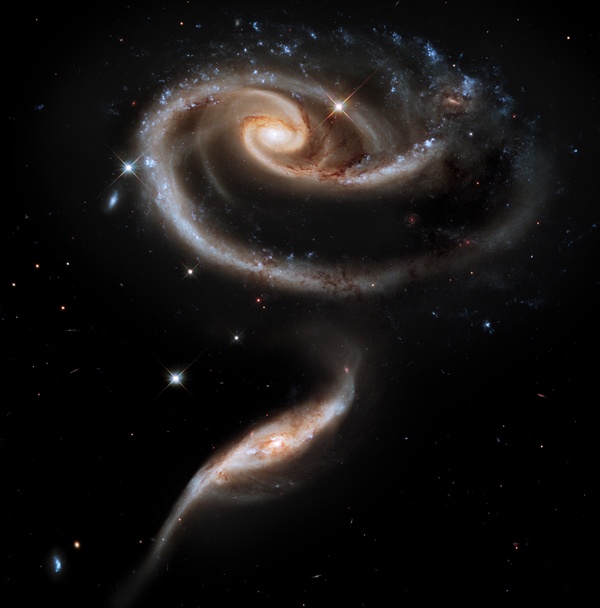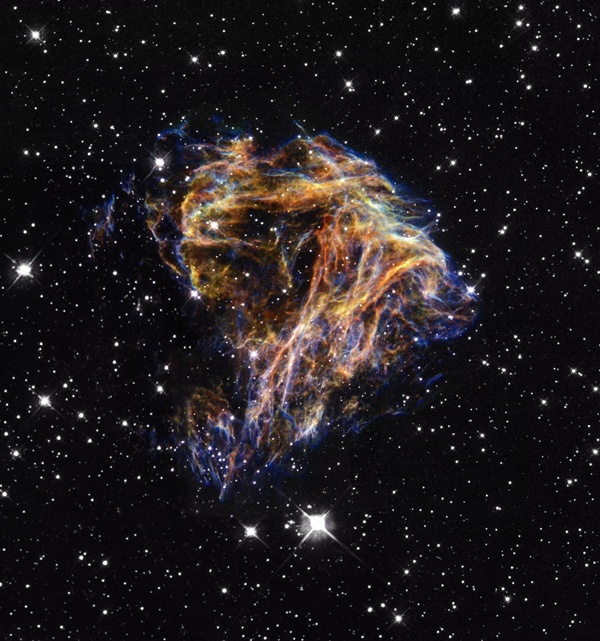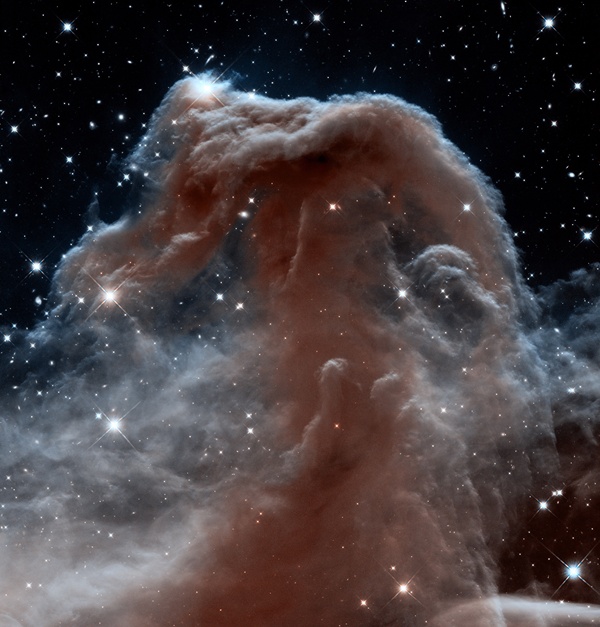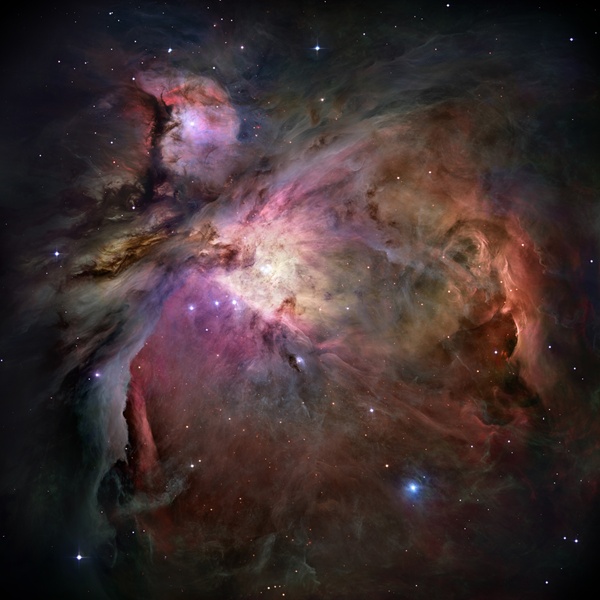For anyone out there who loves science, especially astronomy, and is fascinated by the size and diversity of the universe (like I am), Astronomy magazine has released the “27 Best Hubble images on its 27th birthday” (http://astronomy.com/news/2017/04/best-of-hubble-images?spMailingID=28849033&spUserID=NDYyNDk0Mjk0MTgxS0&spJobID=1024146748&spReportId=MTAyNDE0Njc0OAS2).
Recall the H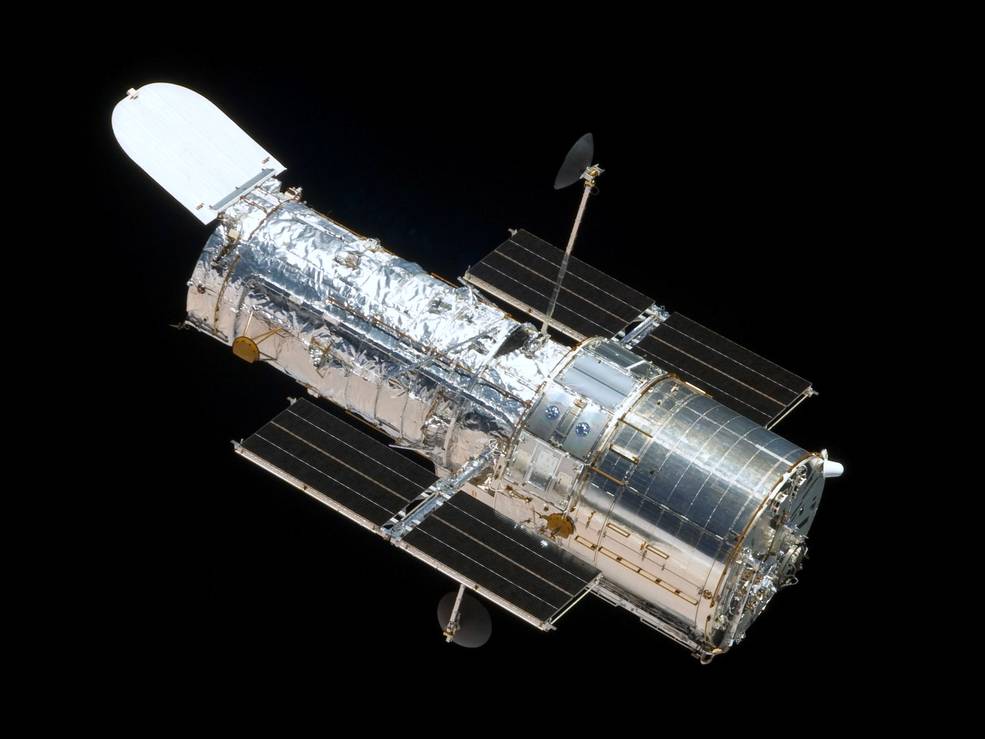 ubble space telescope was launched into low Earth orbit on April 24, 1990. With a 2.4-meter (7.9 ft) mirror, Hubble’s four main instruments observe in the near ultraviolet, visible, and near infrared spectra (https://en.wikipedia.org/wiki/Hubble_Space_Telescope). The result has been a wealth of knowledge for scientists and spectacular pictures for laymen. Hence Astronomy magazine’s birthday tribute.
ubble space telescope was launched into low Earth orbit on April 24, 1990. With a 2.4-meter (7.9 ft) mirror, Hubble’s four main instruments observe in the near ultraviolet, visible, and near infrared spectra (https://en.wikipedia.org/wiki/Hubble_Space_Telescope). The result has been a wealth of knowledge for scientists and spectacular pictures for laymen. Hence Astronomy magazine’s birthday tribute.
The NASA website (https://www.nasa.gov/mission_pages/hubble/story/index.html) credits many impressive accomplishments to the Hubble in the past 27 years. Here are some basic facts.
- Hubble has made more than 1.3 million observations since its mission began in 1990.
- Astronomers using Hubble data have published more than 14,000 scientific papers, making it one of the most productive scientific instruments ever built.
- Hubble does not travel to stars, planets or galaxies. It takes pictures of them as it whirls around Earth at about 17,000 mph.
- Hubble has traveled more than 3 billion miles along a circular low Earth orbit currently about 340 miles in altitude.
- Hubble has no thrusters. To change pointing angles, it uses Newton’s third law by spinning its wheels in the opposite direction. It turns at about the speed of a minute hand on a clock, taking 15 minutes to turn 90 degrees.
- Hubble has the pointing accuracy of .007 arc seconds, which is like being able to shine a laser beam focused on Franklin D. Roosevelt’s head on a dime roughly 200 miles away.
- Outside the haze of our atmosphere, Hubble can see astronomical objects with an angular size of 0.05 arc seconds, which is like seeing a pair of fireflies in Tokyo from your home in Maryland.
- Hubble has peered back into the very distant past, to locations more than 13.4 billion light years from Earth.
- The Hubble archive contains more than 140 terabytes, and Hubble science data processing generates about 10 terabytes of new archive data per year.
- Hubble weighed about 24,000 pounds at launch and currently weighs about 27,000 pounds following the final servicing mission in 2009 – on the order of two full-grown African elephants.
Although its successor, the James Webb Space Telescope, is scheduled for launch in 2018, the Hubble is expected to be around until at least 2030.
Here are my favorite images from the Astronomy magazine’s article —

